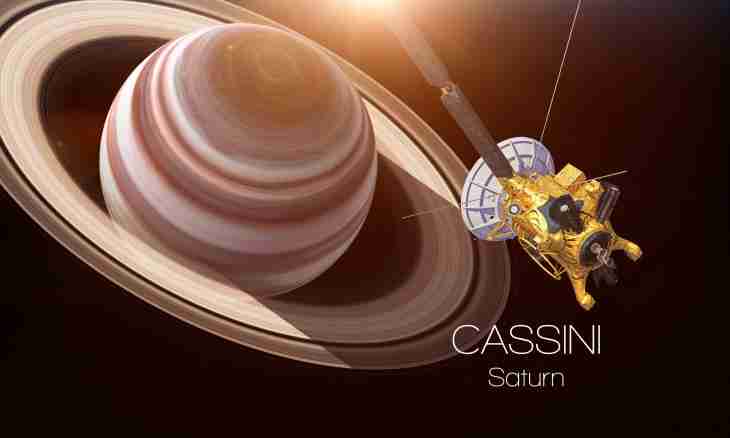The exact number of satellites of Saturn is unknown still in spite of the fact that near this planet even Voyagers traveled. The first four from them were found in the 17th century. Throughout many centuries the scientists opened all new and new satellites of Saturn. At the moment the number of these celestial bodies known to mankind makes 62.
Features of satellites of Saturn
According to opinion of scientists, many of satellites of Saturn began to accompany it rather recently. The fact is that this planet differs in the big sizes and strong gravitational field that allows it to attract to itself even large asteroids and comets. Thanks to it the number of satellites of Saturn can increase, besides the most part of these celestial bodies differs in so small sizes and such orbit, remote from the planet, what to find them appears very difficult.
One of the facts which are speaking well for such theory is that Saturn has not less than 38 satellites with the irregular, i.e. strongly extended, "return" orbit or a big inclination in relation to the equator.
Satellites of Saturn have two surprising features. First, almost all of them with rare exception are always turned to the planet by one party – as the Moon to Earth. Secondly, cycle times of these celestial bodies in most cases either are equal, or represent equal sizes. For example, Tefiya, Telesto and Calypso need the same amount of time to make a cycle. At the same time Mimas addresses around Saturn exactly twice quicker, than any of these satellites, and Enceladus – twice quicker, than Diona.
It partly provides deduction and the constant movement of magnificent rings of the planet.
The most interesting satellites of Saturn
Certainly, the most known satellite of this planet is Titanium, and on that is several reasons. First, this largest celestial body rotating around Saturn and the second largest satellite in the Solar system. By the sizes it concedes only to Ganymede. Secondly, it is the only satellite in our Solar system which has own atmosphere. Only the few planets, not to mention rather small celestial bodies can brag of it. However the third reason is the most important. Long time Titanium was considered the copy of Earth as the probability that this planet has not only the atmosphere, but also a large amount of ice on a surface was high, and therefore life can develop there. Alas, modern researches showed that the atmosphere of the satellite consists mostly of nitrogen, and its ice oceans – of methane and ethane. Are interesting also Enceladus and Mimas. Mimas is unique the fact that nearly a third of its diameter is the share of the huge shock crater formed as a result of collision with other celestial body. For scientists remains a riddle as the satellite survived after such accident. Enceladus is known for the unique geysers which are throwing out powerful streams of ice particles and the volcanoes which are throwing up ice blocks in half about the ferry.

